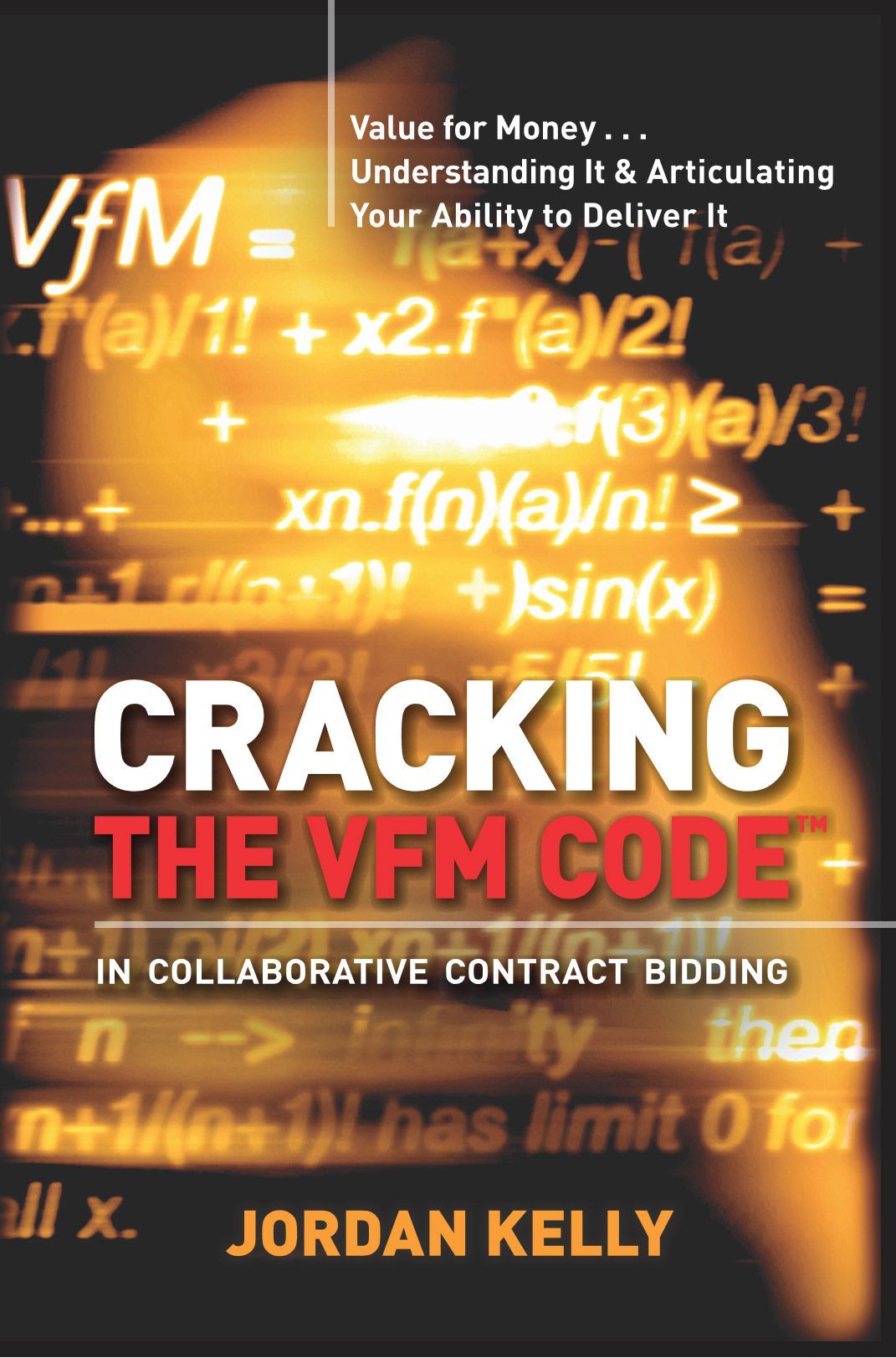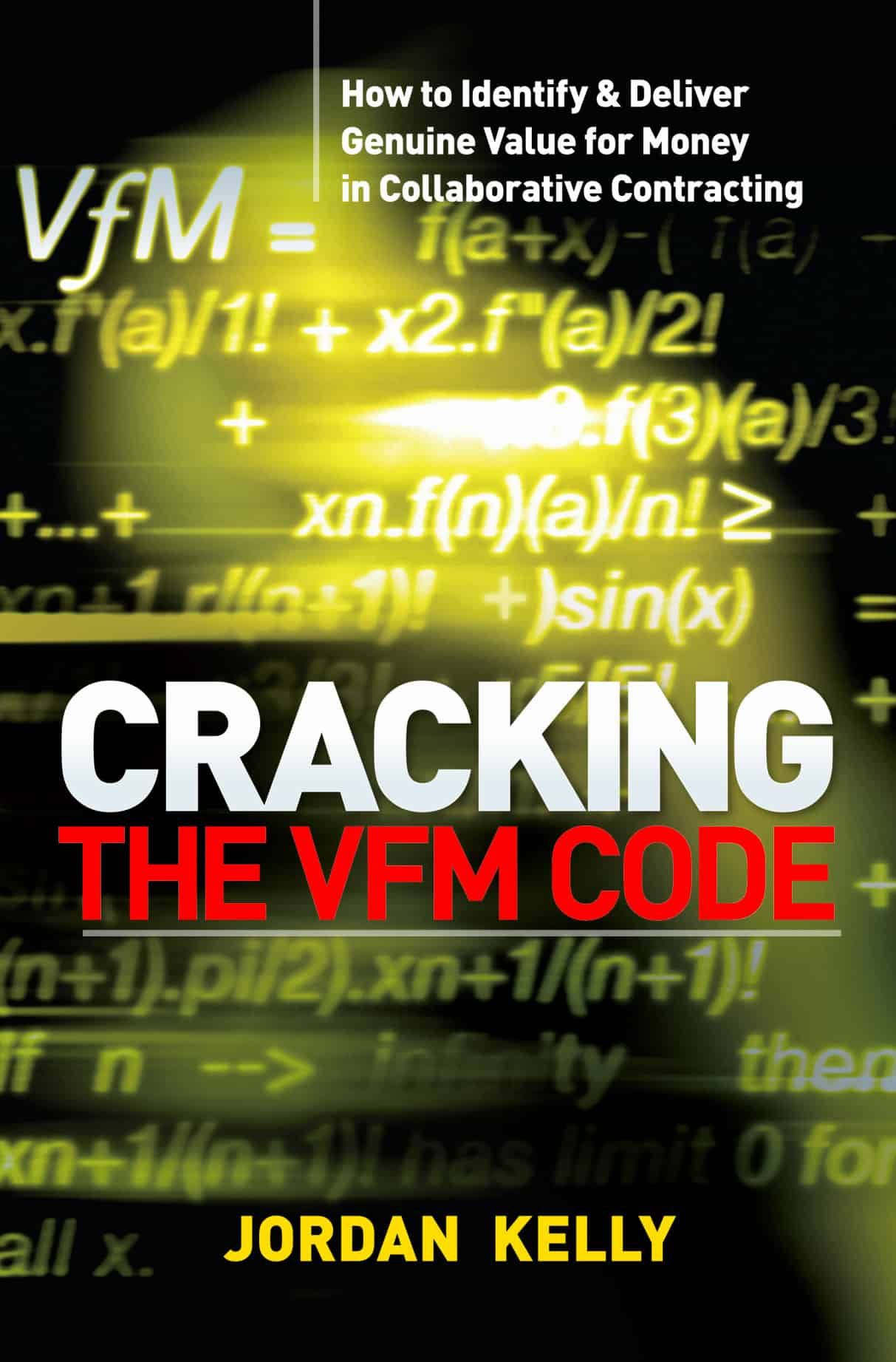CATEGORIES:

"VfM (Value for Money) Reports" are now an expected norm following the delivery of any major civil infrastructure project through any form of collaborative contracting methodology – and, increasingly, also in hard dollar contracting.
The following are my recommendations for producing a highly readable VfM Report.
Keep in mind that these suggestions are offered by an information professional, not an engineer – and are therefore based on general principles. That said, if you are an engineer, don’t be tempted to disregard their value. Like any other document you invest time in producing, you no doubt desire to have a certain impact on your readership. Clear and savvy articulation will assist you in achieving this.
‘War and Peace’-Style Detail or A ‘Very Vanilla’ Template?
Get clear – before you start assembling your content and putting pen to paper – whether your intention is to produce the engineer’s version of ‘War and Peace’, the Very Vanilla Version of a VfM Report, something in between those two extremes, or an industry-standard template.
To some extent, you’ll obviously allow yourself to be guided by the number of interim reports you’ve produced thus far in your project. Also, logic would suggest that the more progressed your project, the more you will have to measure and report.
The Devil May Be In the Detail . . . But Don’t Lose Sight of the ‘Big Picture’ Messages
To ensure you don’t bury your main messages, provide an Executive Summary. This should be a prioritised distillation of the peak conclusions from each of the Report’s major sections.
Choose your language and terminology in this particular section with great care, in light of the fact that some of your readership will be “non-engineers” and will rely on a plain English summary to provide them with the “guts” of the story.
Provide Value for Money in your VfM Report.
Don’t bother with the “consultant speak”.
In other words, don’t waste space and reader attention span by indulging in lengthy and detailed descriptions of the project itself. All parties should well understand the actual project they’re working on. Get straight to the point i.e. value for money.
Explain the process you’ve used for your VfM analysis . . . but briefly. That bears repeating: Briefly!
One of the VfM Reports I recently witnessed devoted half its pages to discussing the project per se, and a great deal of the rest of them to discussing the methodology for assessing VfM. Don’t produce a textbook. Stay attuned to the reason for the exercise: To report on the degree to which VfM has or hasn’t been achieved against the business case and associated client and project objectives, and in the various component areas.
Cater for the Non-Engineers
Where highly detailed, technical explanations on any one subtopic have run to more than a few pages each, precede these with a summary that is understandable to any non-engineers within your readership.
Motherhood statements and vague statements like “proactive stakeholder engagement” have no place in a VfM Report . . . if, indeed, they have any value anywhere.
Refrain from showing off in a VfM Report e.g. the development of new and overly complex VfM assessment methodologies requiring the help of a statistician to decipher. If you must show off, the context for it is in the substance and impressive results reflected by your content.
Keep it meaningful. Keep it factual. And where a comprehensive, clear and meaningful business case and VfM Statement were tabled for the project, keep it closely tied to the key components of these.
Constantly Re-Visit the Business Case & VfM Statement
Continually align your VfM Report’s content with the priorities articulated in the project’s supporting business case and VfM Statement.
That’s the default benchmark in every element. Use language and terminology which is consistent with these documents to make the alignment of content clear for your readers.
Quantify the ‘Soft’ Wherever Possible
Determine a way to put a tangible form of measurement to the “soft” benefits being generated by the project team.
Find a credible way to value non-monetary KRA and KPI performance, innovations and any special Intellectual Property that has resulted from the project team’s efforts. Again though, don’t get clever and complex to the point of the ridiculous.
Don’t Save the Best for Last
A message specifically for Non-Owner Participants in collaborative contracting teams:
The VfM Report is an ideal vehicle for defusing cynicism over collaborative contracting’s “value for money” performance. Be sure, therefore, to maximise the opportunities it presents for understandable communication and explanation, especially where a project has demonstrated variance from budget.
Where interim progress can be reported against project objectives, take the opportunity. Don’t save up the commentary for a final blockbuster VfM Report. Demonstrate actively that you are well aware where you’re on course and where you need to re-strategise or correct. It’s a critical part of demonstrating awareness, control, good governance, and the readiness to strive for enhanced value.
CRACKING THE VfM CODE
How to Identify & Deliver Genuine Value for Money in Collaborative Contracting
(Book)
This weighty, 350-page production - the result of two years’ solid research, and investigation, complemented by numerous interviews with industry leaders - provides an unprecedented degree of insight into what it takes to produce a consistent record of value-for-money results in major public infrastructure projects.

CRACKING THE VfM CODE IN COLLABORATIVE CONTRACT BIDDING
Value for Money . . . Understanding It & Articulating Your Ability to Deliver It
(Book)
Together, the
'Cracking the VfM Code'
books form a duo. Both books are focused on the singularly most contentious and enduring topic of debate the industry has seen since its inception: Value for Money . . . or “VfM”.



